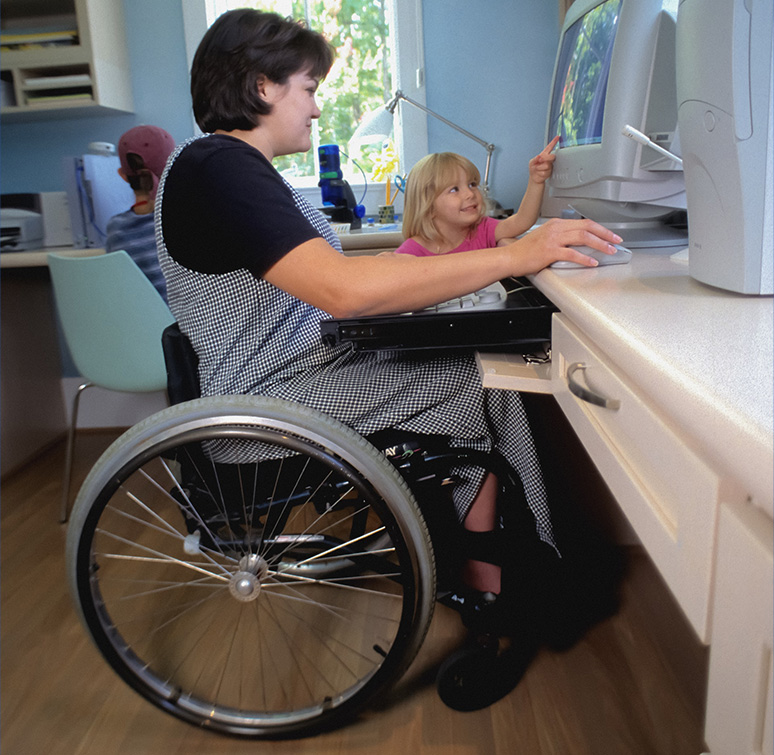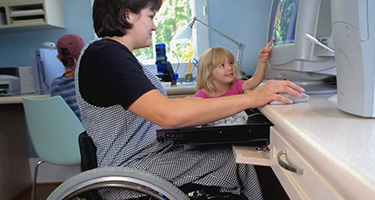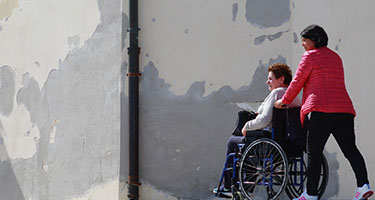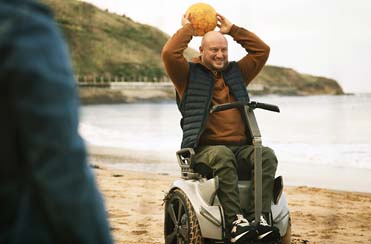Are you experiencing sudden involuntary contraction of muscles after your spinal cord injury?
This body phenomenon is called spasticity (doctors often call it spastic hypertonia). Unfortunately, it can also be accompanied by pain. For many, spasticity after a spinal cord injury can be a frustrating condition to deal with.

Image credit CDC
Understanding spinal cord injury spasticity
Spasticity in spinal cord injury patients occurs because the normal flow of nerve messages to areas below the level of injury is interrupted and may not reach the reflex control centre of the brain. The spinal cord then tries to intervene by moderating the body’s response.
However, the spinal cord is not as efficient as the brain, so signals are exaggerated, resulting in overactive muscles or spastic motions. These can manifest in random jerking movements, uncontrolled muscle stiffening, and sudden muscle contractions.
It is estimated that approximately 65 to 78 percent of those with a spinal cord injury experience some degree of spasticity, although the amount and type vary. Spasticity is more common in neck injuries compared to chest and lower back injuries.
It may surprise you that a certain number of spasms can provide physical benefits. Some spasticity in people with a spinal cord injury can help you maintain muscle tone and increase blood circulation. However, severe spasms can be painful, making routine tasks hard for you and your caregiver.
Tips for dealing with spasticity after a spinal cord injury
While there is no cure for spasticity after a spinal cord injury, there are some ways you can effectively manage it so that it doesn’t drastically impact your quality of life.
- Avoid triggers: Pressure ulcers, bladder infections, and constipation can trigger spasticity. Do your best to stay healthy by exercising and following spinal cord injury nutritionhttps://www.kmtnavigator.co.uk/articles/the-importance-of-nutrition-for-spinal-cord-injuries guidelines to avoid these other medical conditions that may bring on uncontrolled muscle spasms.
- Stretch twice a day: Your physical therapists can also show you how to stretch, work out your muscles, and do specific exercises to minimise painful spasticity. Range-of-motion exercises twice daily can help you increase flexibility while helping muscles relax. Your healthcare team may also recommend using splints or braces to help you stretch muscles.
- Medication may help: Your doctor may recommend medications that may include nerve blockers injected into specific spastic muscle groups that are troublesome or painful. There is also a surgical procedure where a drug infusion pump is implanted in the body that targets medication for minimising spasticity.
- Other surgeries may be recommended: Although far less common, there are some surgical procedures for severe spasticity cases that involve cutting or manipulating tendons, nerve roots, and portions of the spinal cord.
What spasticity treatment is right for you?
If you’re experiencing painful, disruptive or increased spasticity after a spinal cord injury, work with your healthcare team to address this issue right away so you have a clear plan going forward. It may be that a combination of spasticity treatments is recommended, such as a stretching programme with medication, to get this condition under better control.
For further personalised spinal cord injury guidance, our dedicated spinal cord injury support team can answer your spinal cord injury questions when you join our free Navigator service.









